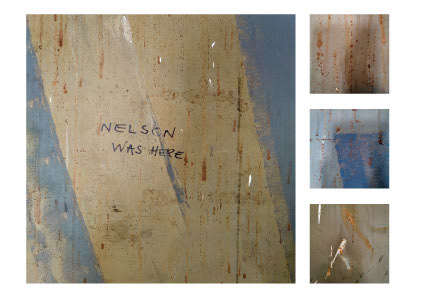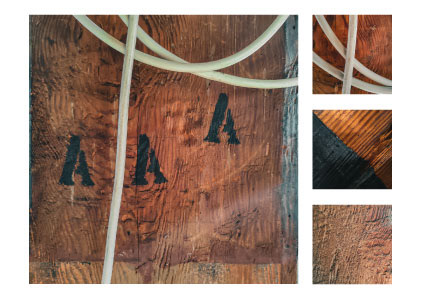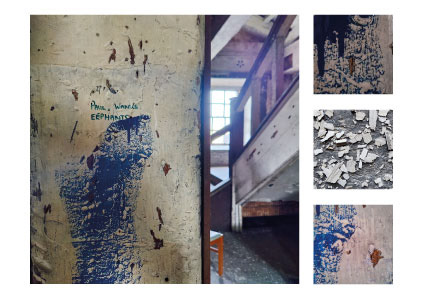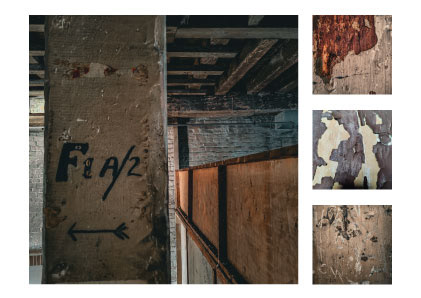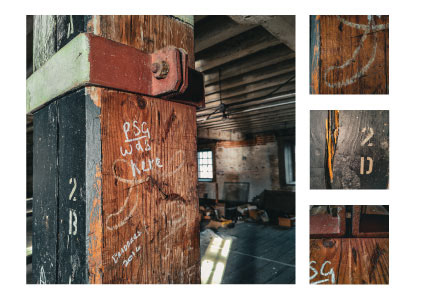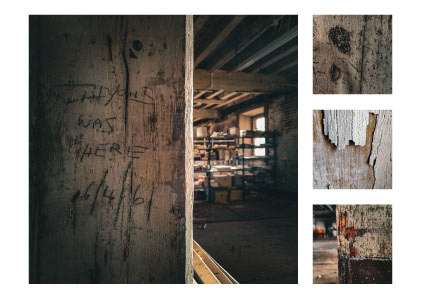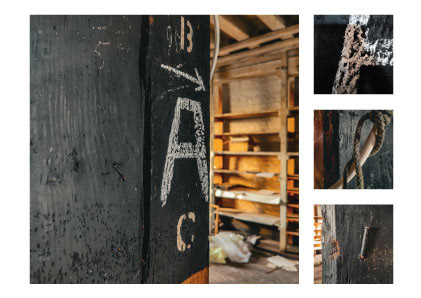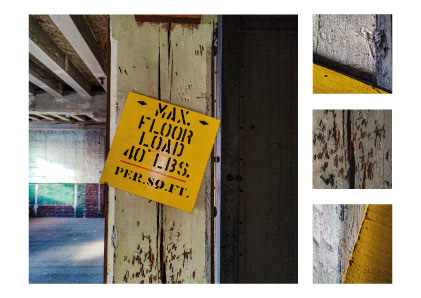BRIEF
As a photographer/creative you should always be looking for new and interesting ways to develop and showcase your work. Setting your own projects will help you to push yourself artistically whilst building up a portfolio that shows variety and creativity. Setting your own assignment could come in many forms from photographing typography on road and shop signs to shooting objects that all share a similar trait or colour. Other themes could be reflections, textures, people and their pets, shadows, shapes, graffiti etc. Make sure that you tell your story well and you challenge yourself. Outcome - 10 photographs.
IDEA/RESEARCH
For this project, I wanted to tell the story of 'Storehouse 9' at Portsmouth Dockyard. Originally, I wanted to capture the story of the building's history and its uses throughout its lifetime. However, when I went to visit Storehouse 9, I noticed lots of interesting writing on the walls. I decided to pivot the project to instead focus on the past visitors and the stories they have written onto the walls of Storehouse 9.
Knowing that the style of the photographs would be typography and textures, I did some research into these areas. For Typography, I looked into Lee Friedlander, an American photographer who often captures signs. In Friedlander's sign Photographs, the typography is usually the main focus, but not the only element. For my project, I wanted to use the same style as Friedlander, as the other elements would give context of the setting to the typography.
When researching texture photography, I came across Aaron Siskind, an American photographer famous for photographs which focus on the details and textures of different things. Siskind's photographs are often very close up and abstract, with consistent use of lines. This style is something I enjoyed and wanted to replicate with the textures I found around the writing on the walls of Storehouse 9.
PRODUCTION
To solidify my idea, I used photographs I had previously taken of the walls inside Storehouse 9 and cropped them to create mock-ups of the idea. This allowed me to finalise a format to showcase the final photographs and know exactly what to take pictures of when I returned to Storehouse 9. Since I was limited to the pictures I had already taken, it was difficult to find unique textures for the mocks. I knew when I returned to the Storehouse I would need to look for more textures to ensure there was more variety in my final outcome.
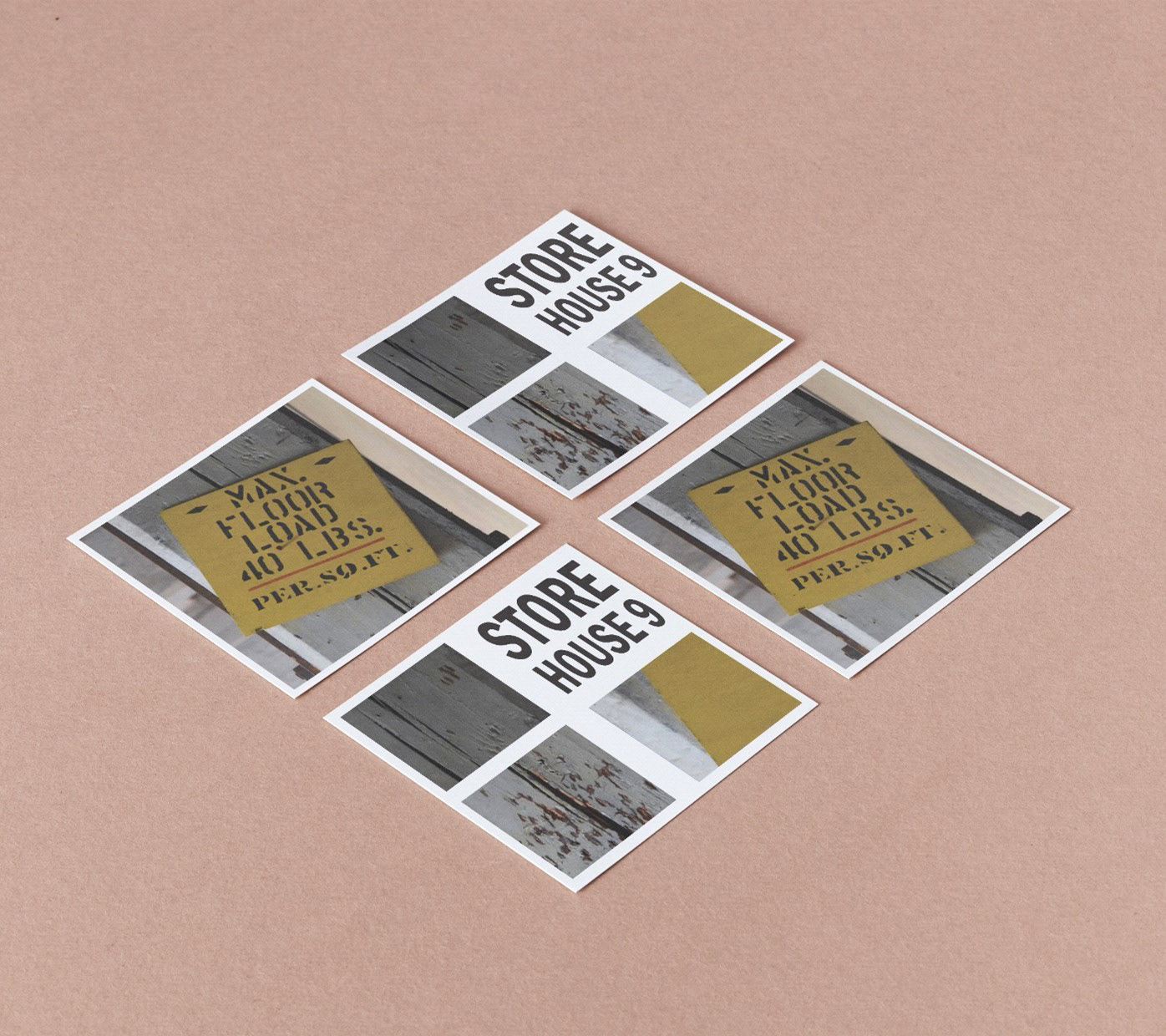
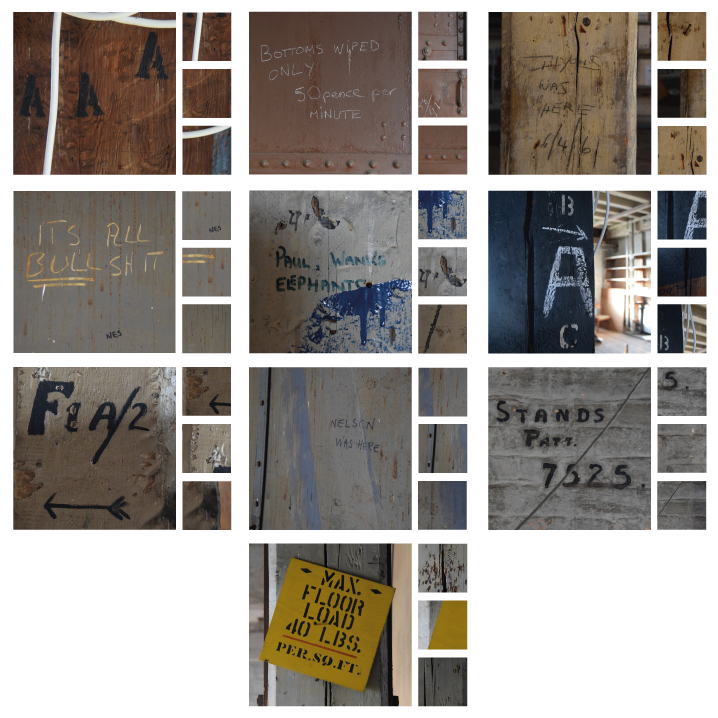
With a finalised plan for the project, I could start production. I returned to Storehouse 9 to take more pictures, this time with a better idea of what exactly I wanted to focus on. I picked out my favourite typography and looked for interesting textures surrounding them.
The equipment I used for this shoot was:
- Nikon D5300 with an 18-200mm lens
- Oneplus 9 pro shooting in manual mode with a macro lens
- Camera tripod
- Phone Tripod
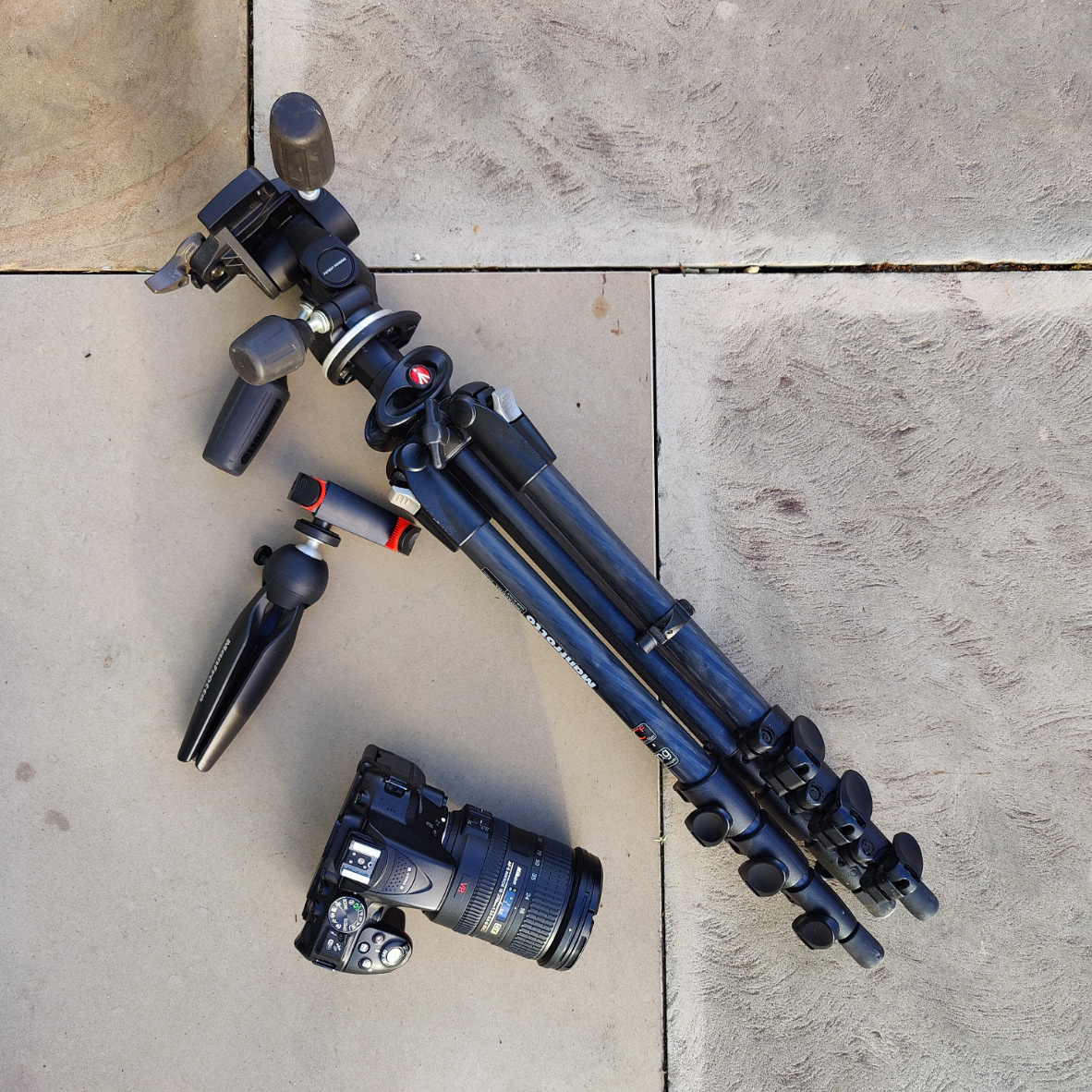
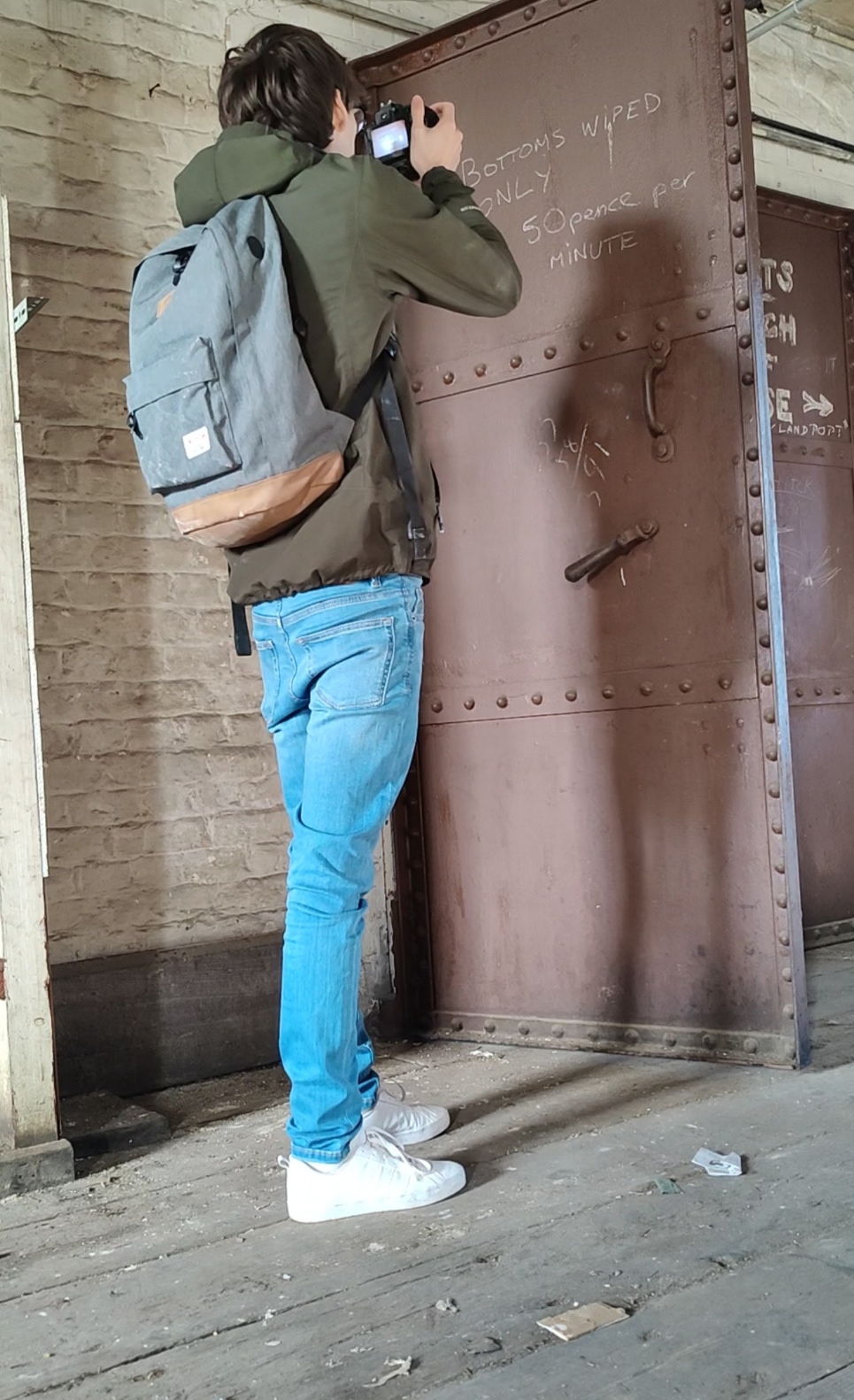
EDITING
When it came to editing the photos I had taken, there wasn't too much to do. I tried to not alter the photos too much as I wanted to keep the natural look and colours of Storehouse 9. With each photo, I started with a preset and then made slight adjustments. Using presets allowed for a consistent look, which was important since the photos would be side by side. I used Adobe Lightroom to edit the photos.
POST-PRODUCTION
I wanted to present this project in a way that would be more interesting than just the photographs. I decided to make a magazine. I wanted the magazine to have a front cover that would show off the storehouse. Using Adobe Illustrator, I created a line art of the storehouse building. For the background, I used a photograph I had taken inside of Storehouse 9.
For the back cover, I went with a smaller version of the logo with a plain background. The colour of the background was taken from a picture of blue paint I had found in the storehouse.
Due to time constraints, I was only able to create a mock-up of the magazine, using flipsnack.com. If I were to make this a real magazine, I would design it using Adobe Indesign using a Plugin from Blurb. I would then use Blurb to get the magazine printed.
OUTCOME

